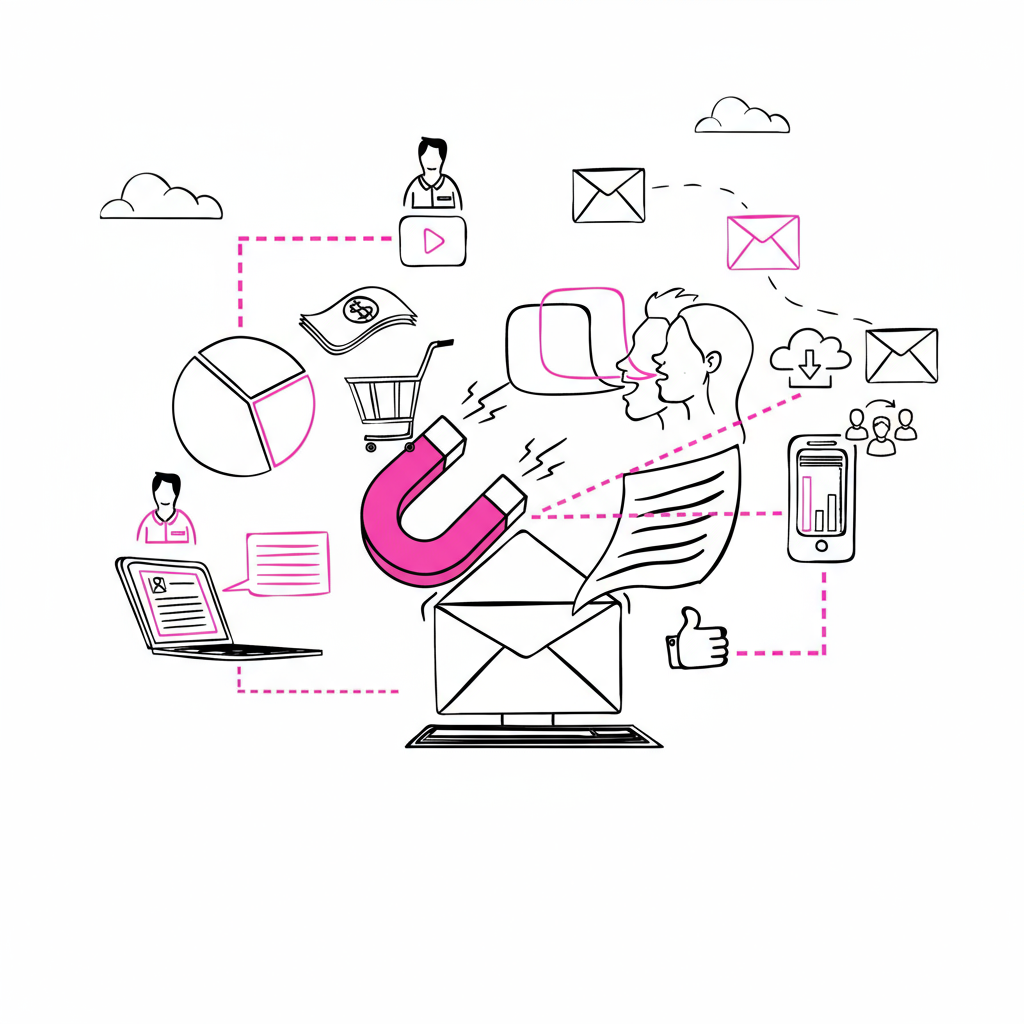Email marketing remains one of the most powerful digital marketing strategies for businesses of all sizes. When executed correctly, an email marketing strategy can deliver exceptional ROI, drive customer engagement, and outperform channels such as social media or paid advertising.
This guide explores proven email marketing best practices, from building an organic email list and using segmentation strategies to advanced personalisation, automation workflows, and GDPR-compliant campaigns. Whether you want to increase open rates, improve click-through rates, or optimise email deliverability, these tips will help you create successful, data-driven email campaigns that strengthen customer relationships and boost conversions.
1. Strategic List Building: The Foundation of Email Success
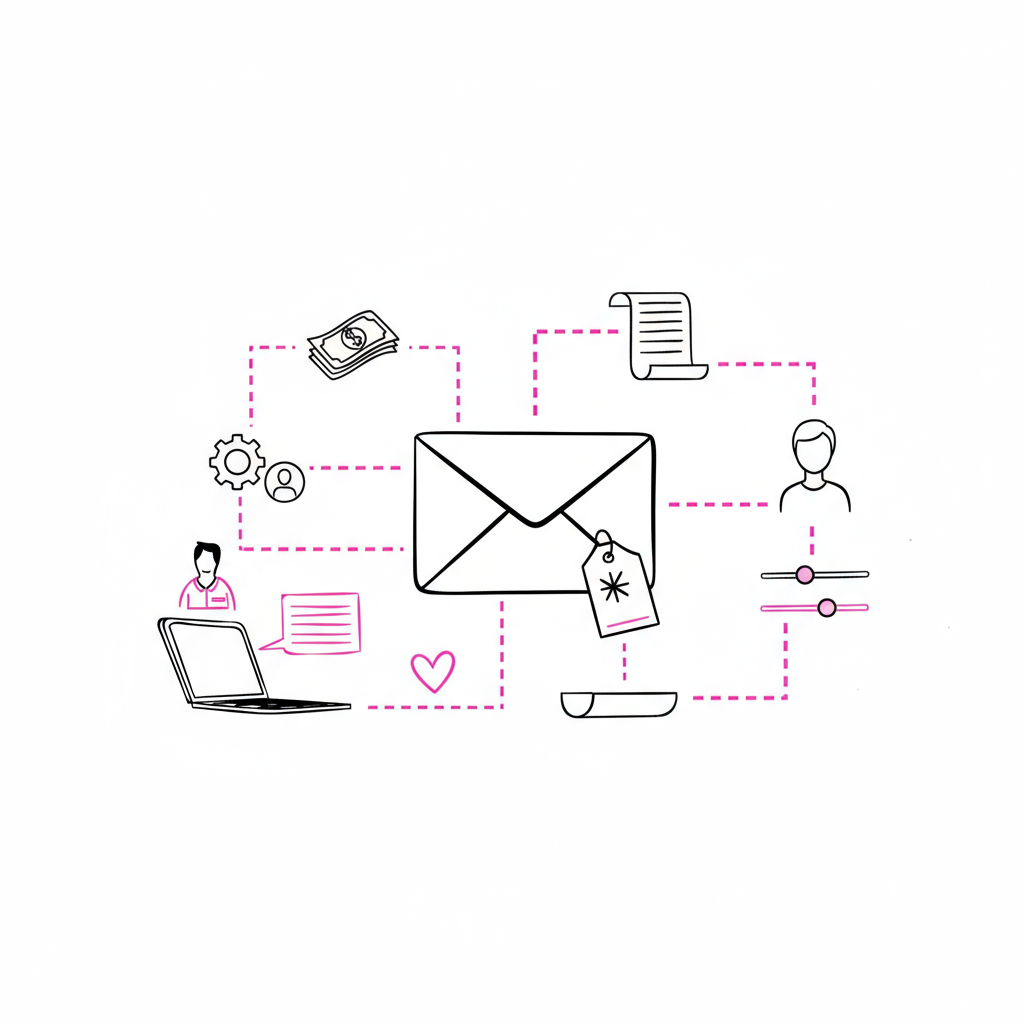
Your email list is your most valuable asset. A high-quality, engaged subscriber list will always outperform a large but disengaged one. Build organically, focusing on permission-based sign-ups for stronger deliverability, engagement, and trust.
Opt-in Best Practices
- Double opt-in remains the gold standard, requiring subscribers to verify their address via a confirmation email.
- This ensures lists are populated with genuine, engaged contacts.
Lead Magnets That Convert
Effective lead magnets provide immediate value:
- Industry reports or whitepapers
- Exclusive discount codes or early access
- Free tools, templates, or checklists
- Educational webinars or video series
- Free trials or samples
Pro Tip: Replace generic “Subscribe to our newsletter” with specific propositions such as “Get weekly marketing insights proven to boost conversions by 25%.”
Strategic Placement of Sign-up Forms
Position sign-up forms across high-converting areas such as website headers, blog endings, about pages, and checkout flows. Exit-intent pop-ups can be useful if implemented thoughtfully.
2. Advanced Segmentation Strategies
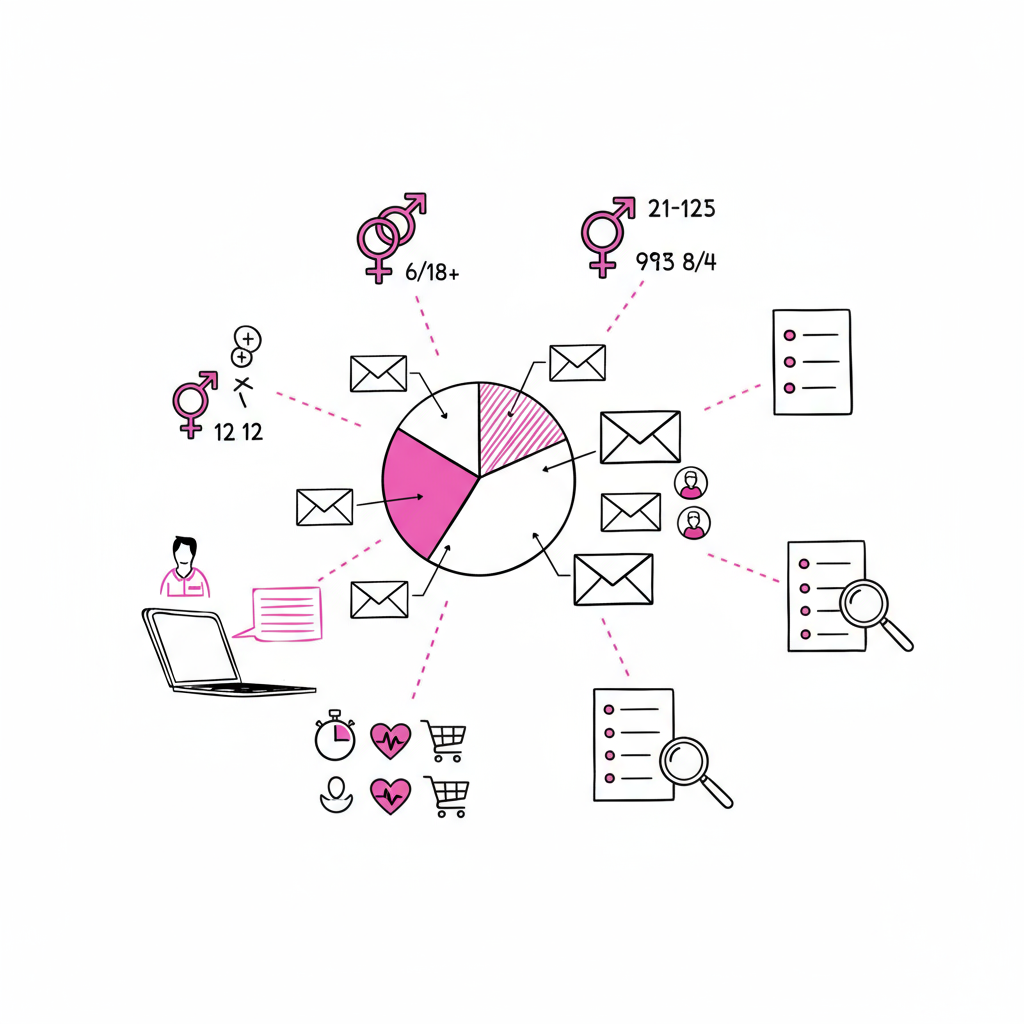
Segmenting your audience delivers measurable improvements. Segmented campaigns achieve over 14% higher open rates and 100%+ higher click-through rates compared with non-segmented mailings.
- Demographic & Geographic Segmentation: Divide by age, gender, location, or job title. Use location for regional offers or time-zone based campaigns.
- Behavioural Segmentation: Target by purchase history, browsing activity, engagement levels, and preferences.
- Lifecycle Segmentation: Tailor messages to prospects, new customers, loyal buyers, or lapsed subscribers.
3. Personalisation Beyond “Dear [First Name]”
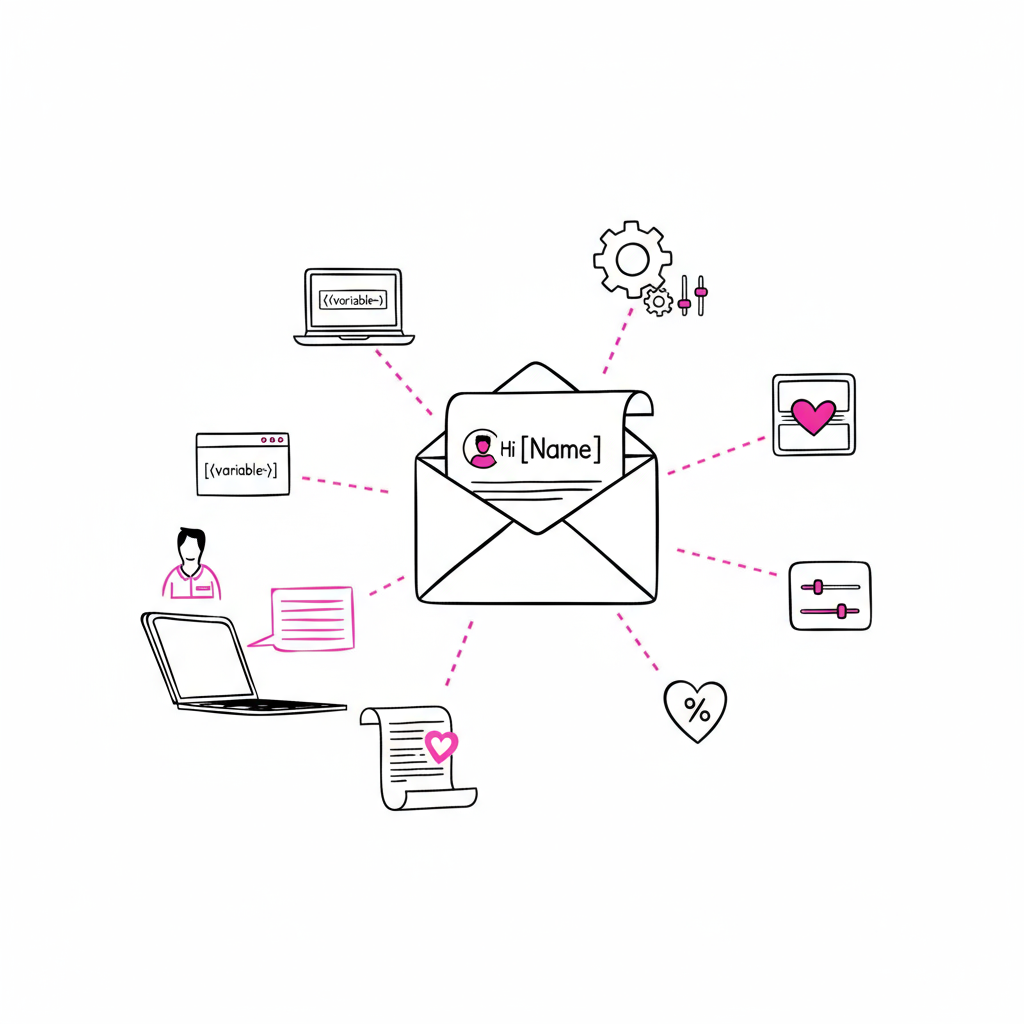
True personalisation uses data to deliver relevant, timely experiences.
- Dynamic Content: Show different products, images, or offers based on past activity.
- Timing & Frequency: Optimise send times based on when subscribers are most engaged.
- Content Strategies: Use purchase history for recommendations, location-based offers, milestone messages, and abandoned basket reminders.
4. Email Automation Workflows That Drive Results
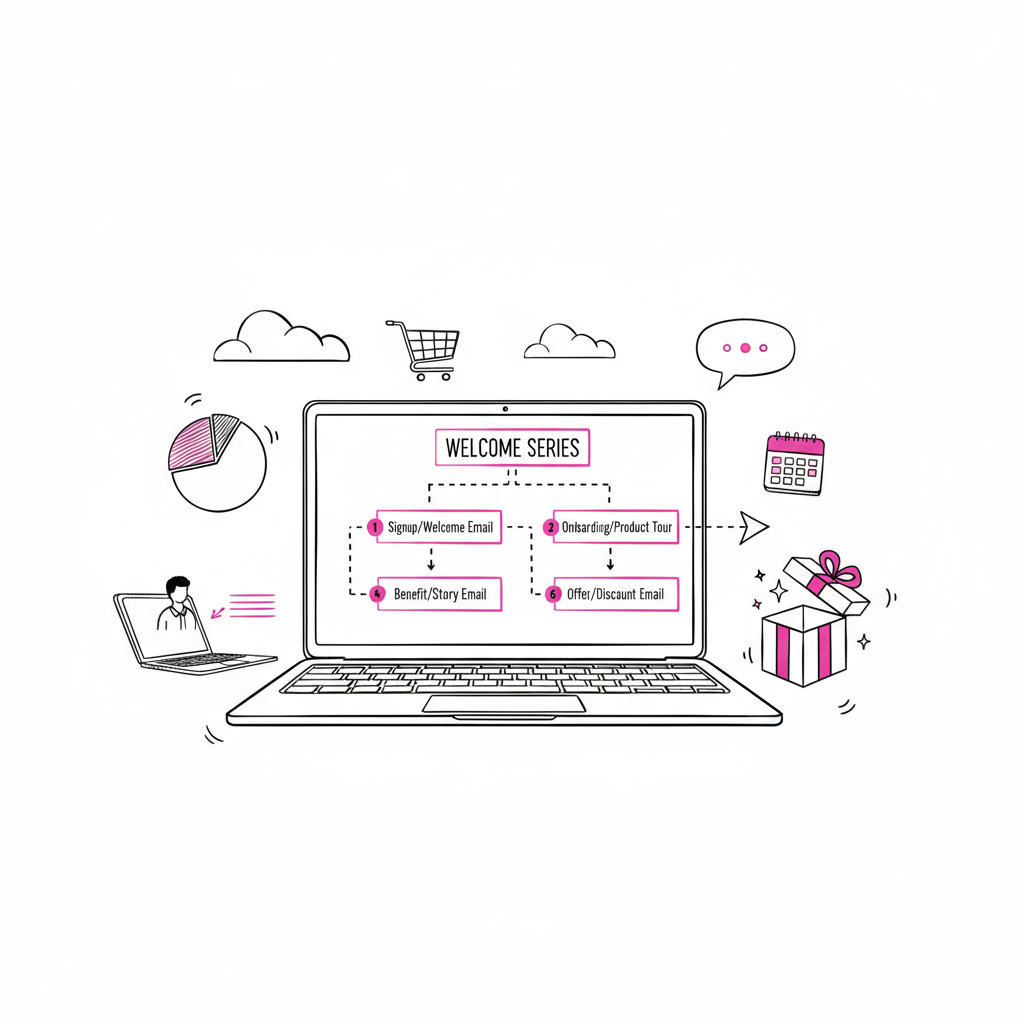
Automation ensures the right message at the right time — generating over 300% more revenue than non-automated campaigns.
- Welcome Series: 3–5 introductory emails to set expectations and build trust.
- Abandoned Basket Recovery: Reminders with potential incentives.
- Post-Purchase Follow-up: Include order confirmations, product care tips, and review requests.
- Advanced Triggers: Based on website behaviour, engagement, dates (birthdays), or purchase patterns.
5. Deliverability Optimisation
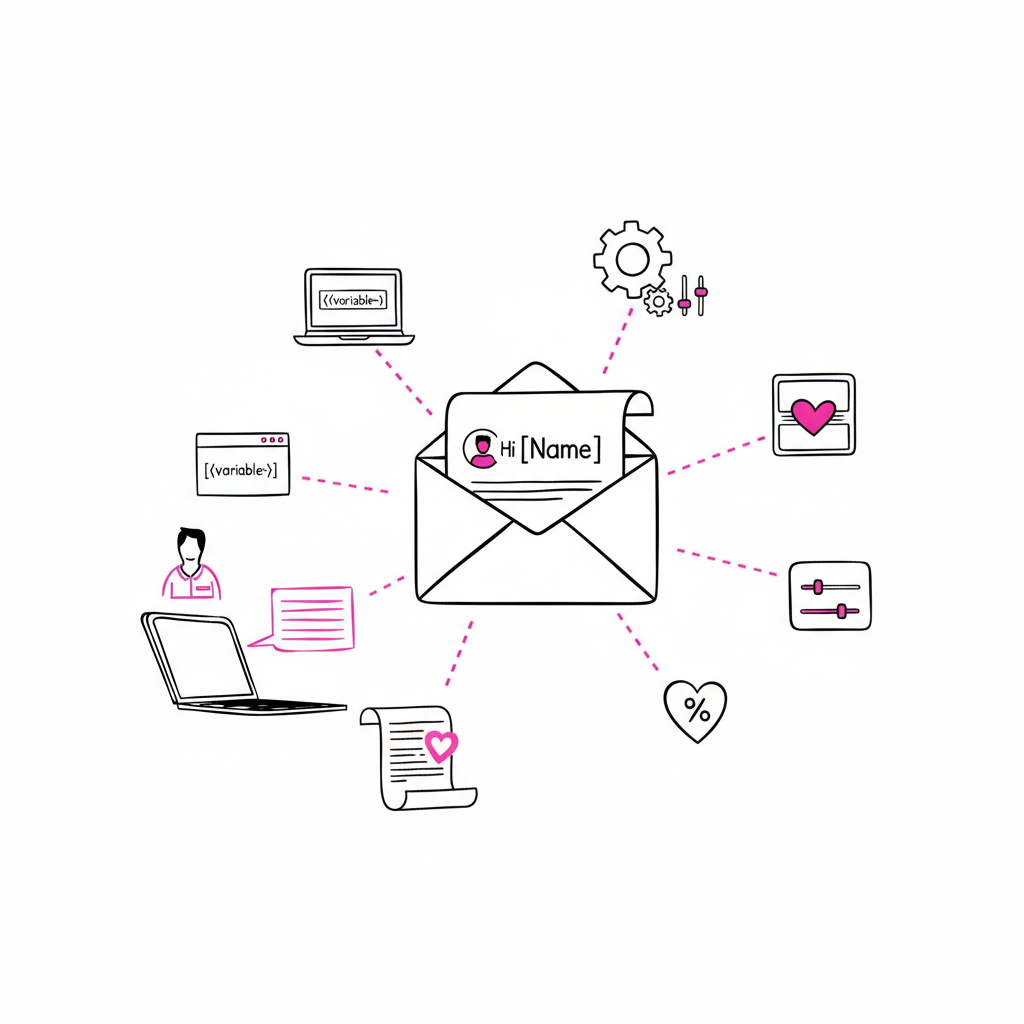
Good content is wasted if your emails never reach the inbox.
- Sender Reputation: Monitor bounce rates, complaints, and engagement.
- Authentication: Implement SPF, DKIM, and DMARC.
- List Hygiene: Remove invalid addresses, monitor inactivity, and run re-engagement campaigns.
6. Compliance and Legal Considerations
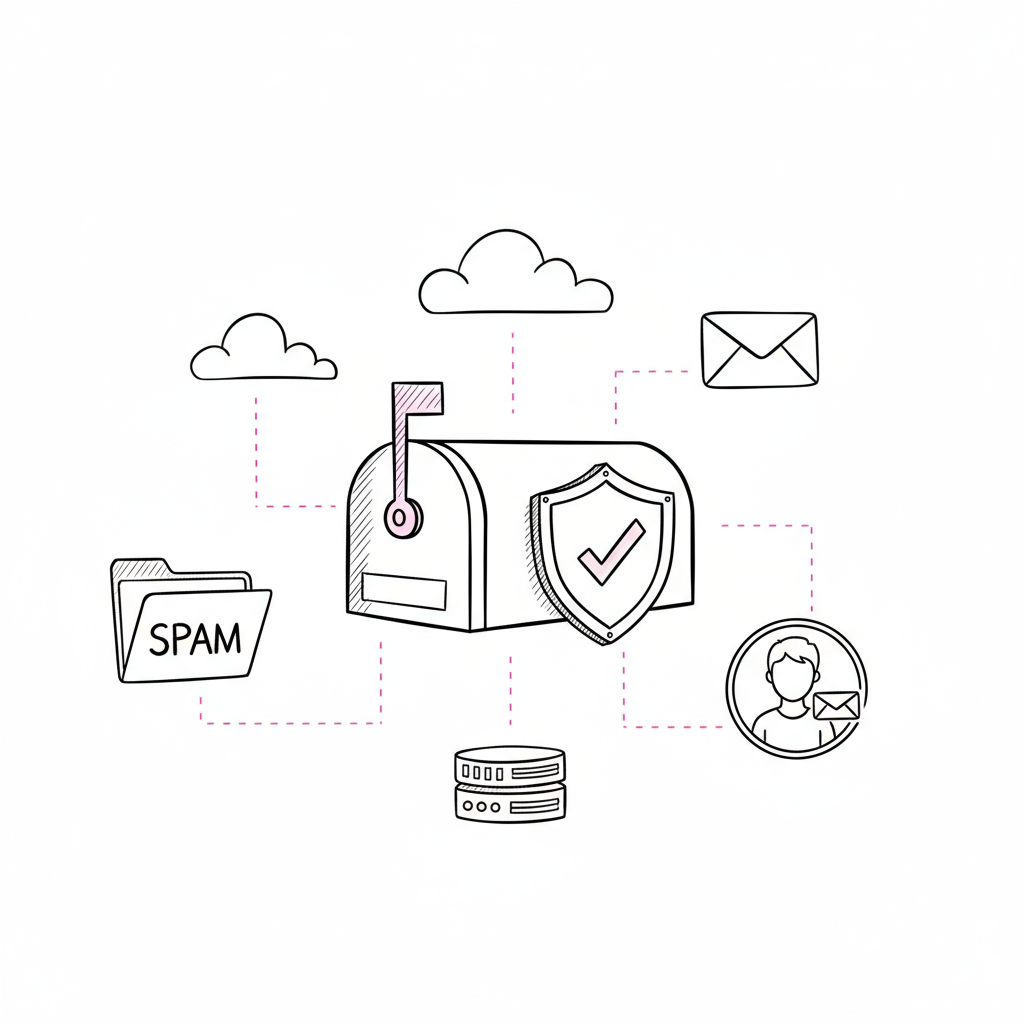
Trust and compliance are vital.
- GDPR: Requires explicit consent, clear privacy policies, simple opt-out, and data transparency.
- PECR (UK): Works alongside GDPR for electronic communications.
- CAN-SPAM (US recipients): Accurate “From” lines, business address disclosure, and prompt unsubscribe handling.
7. Key Metrics and Analytics
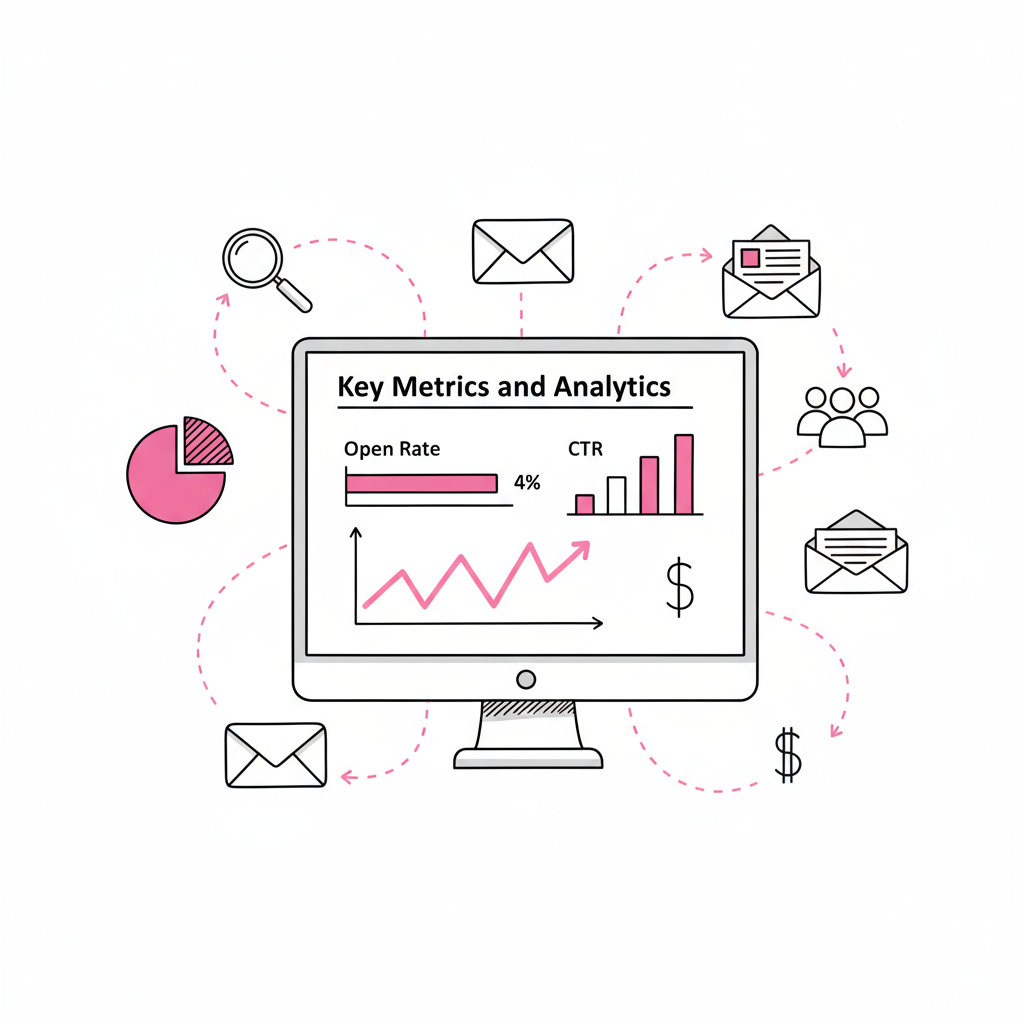
Track meaningful data, not vanity metrics.
- Open Rate: Average 21%
- Click-Through Rate: Average 2–3%
- Conversion Rate: Average 1–2%
- Unsubscribes & Bounce Rates: Keep below 1%
Advanced tracking includes revenue per email, lifetime value, and heat maps to analyse clicks.
8. A/B Testing and Continuous Optimisation
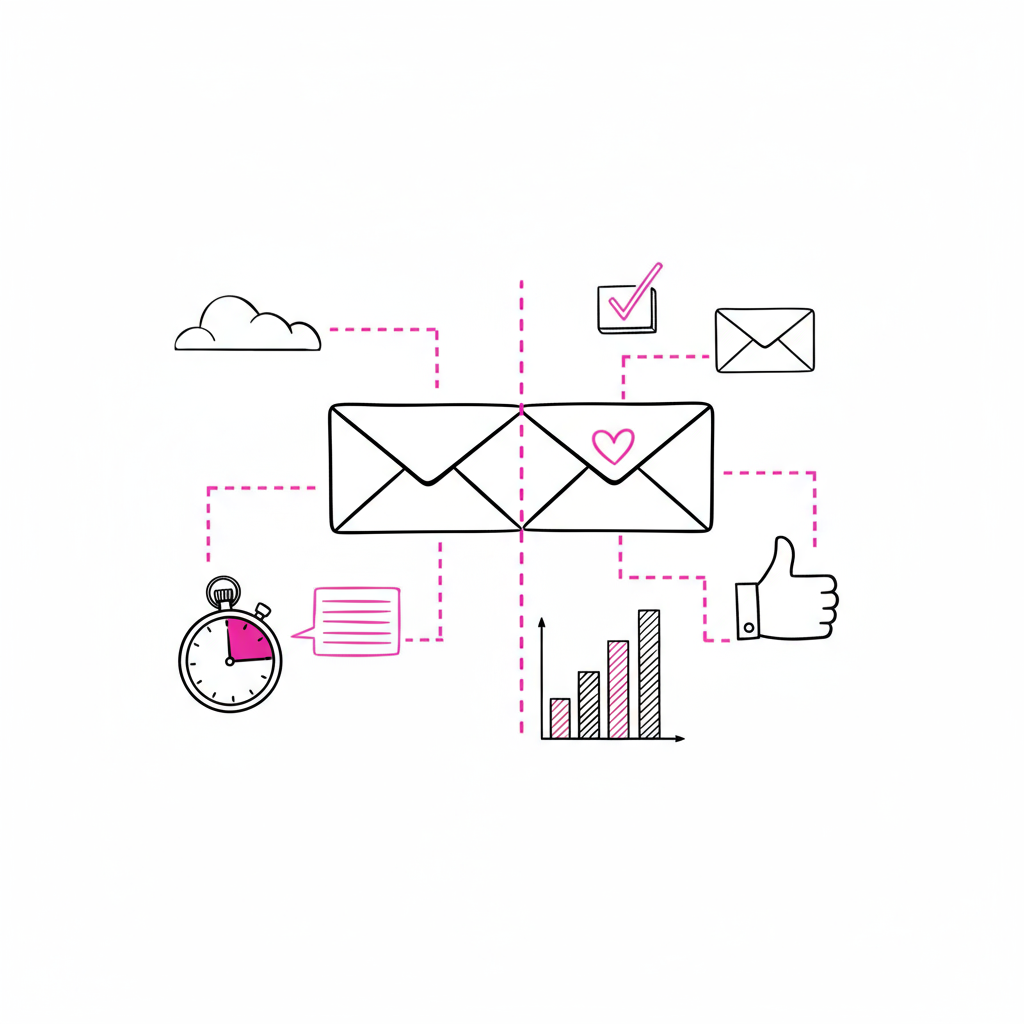
Test subject lines, send times, copy length, calls-to-action, and design. Always isolate one variable at a time, ensure statistical significance, and document learnings.
9. Mobile Optimisation
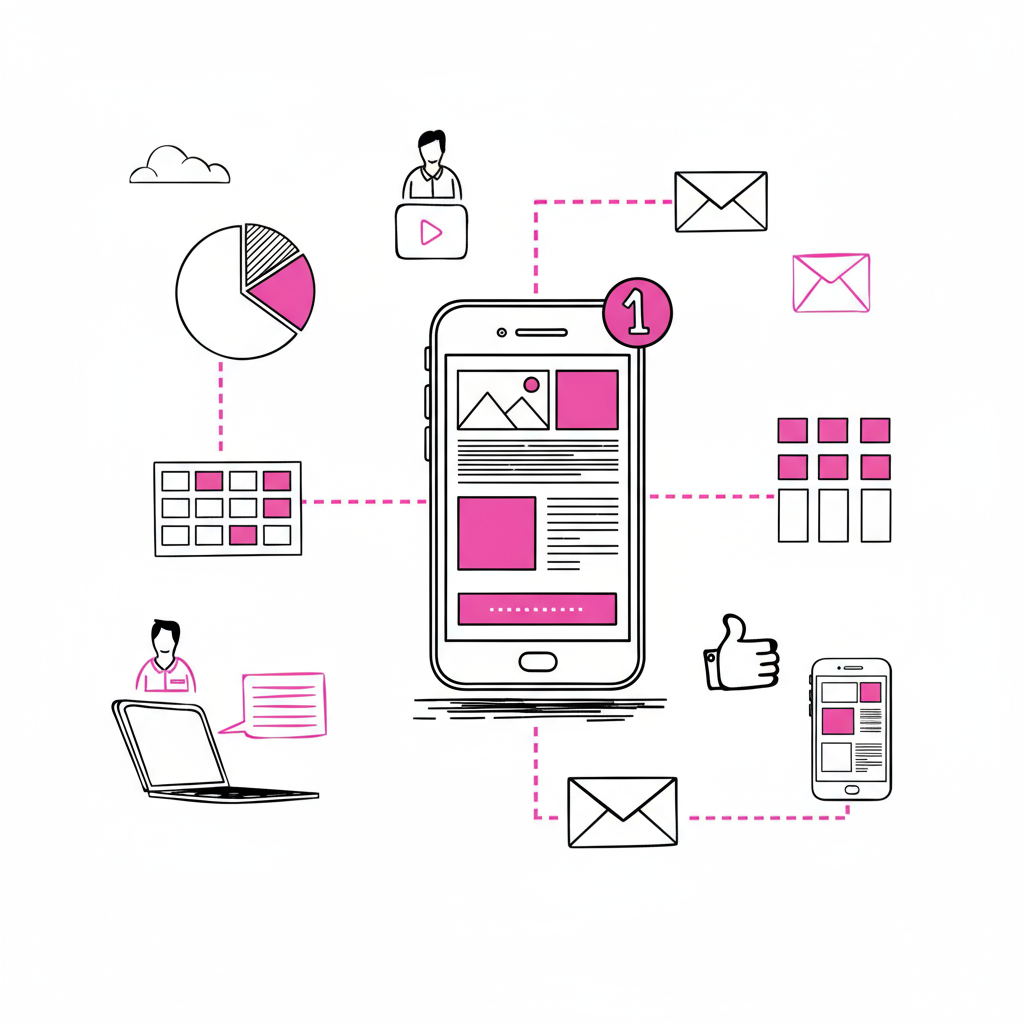
With 60%+ of emails opened on mobile, responsive design is essential.
- Single-column layouts
- Short subject lines
- Large, tappable buttons
- Optimised images and quick load speeds
10. Design and Content Best Practices

Balance aesthetics with clarity:
- Visual Hierarchy: Use the inverted pyramid model.
- Copywriting: Keep focused, action-driven, and conversational.
- Accessibility: Use alt text, proper contrast, semantic HTML, and screen-reader-friendly structures.
Machinence.io: Integrated Marketing Made Simple
Machinence.io is an all-in-one platform designed to simplify modern marketing. It centralises email marketing, content scheduling, social publishing, and SEO optimisation in one place, giving you complete visibility and control over your campaigns.
By unifying these tools, Machinence.io streamlines workflows, improves coordination across channels, and maximises return on investment. It allows marketers to spend less time managing systems and more time focusing on strategy, creativity, and growth.

